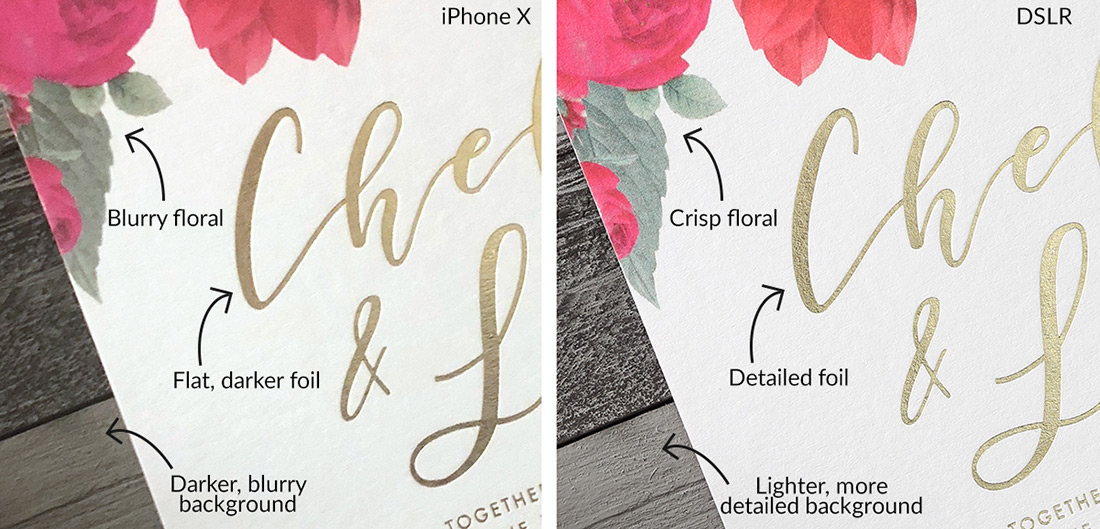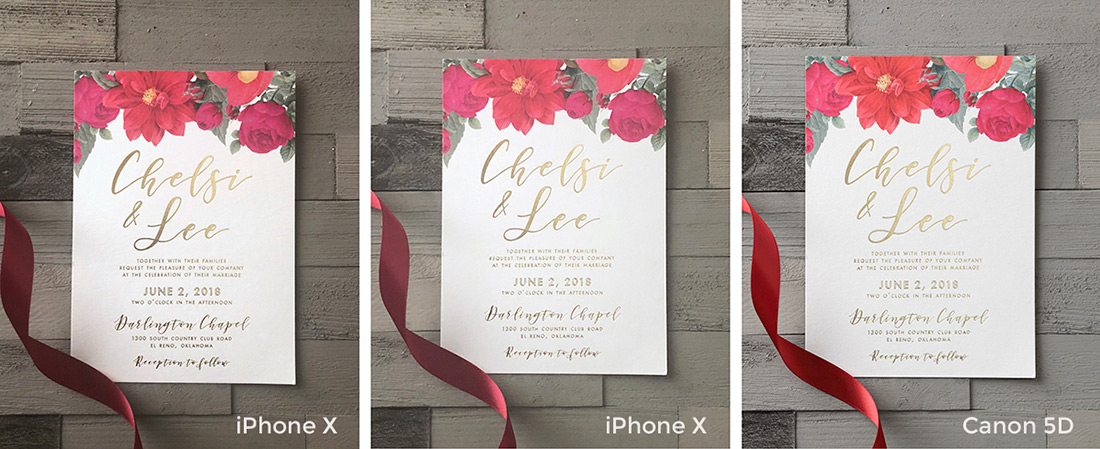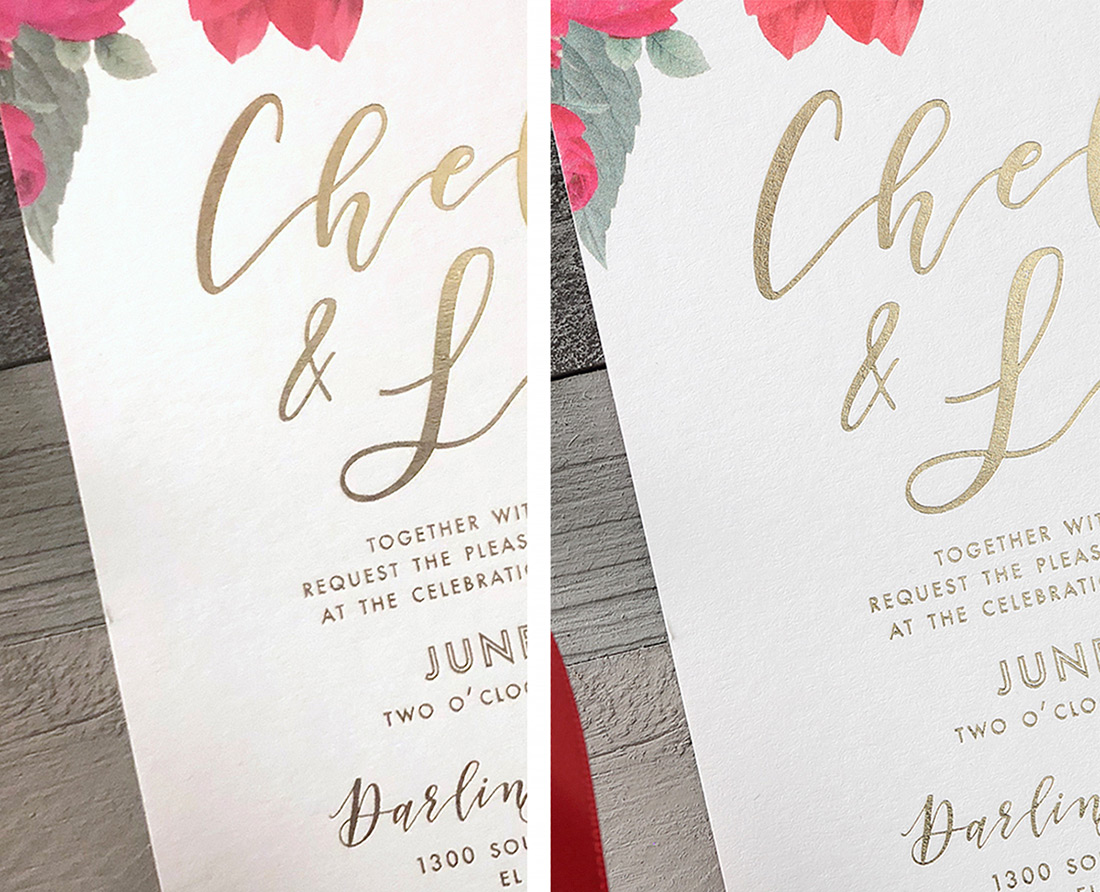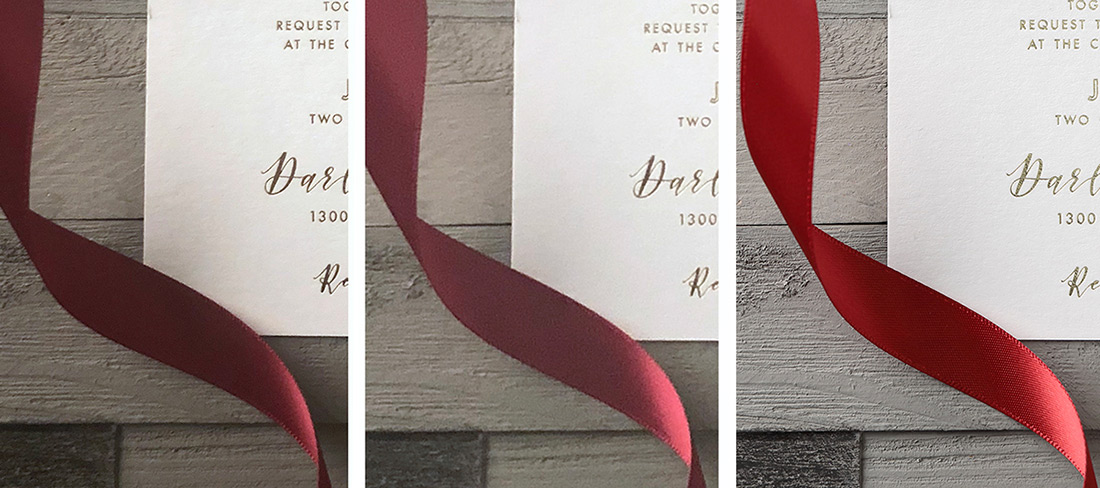
With the advent of smart phones, the digital photography world has been forever changed. The quality of photos, coming from technology that can fit in your pocket, is astounding. It’s so good, in fact, that most people who own a smart phone don’t even own a stand-alone camera any more. Phones are perfect for capturing daily life and more, and also make sharing photos incredibly simple.
However, it’s good to be aware of a phone camera’s limitations. When it comes to product photography, it is generally a good idea to use a DSLR, or even a point-and-shoot camera (but DSLR is still best, and I will use it for comparison for the rest of this post). You hold yourself to the highest standard when it comes to design, so it makes sense to do the same when promoting your product, right?
Here is why:
- Lens Versatility: Phone lenses are typically pretty wide angled, which is not ideal for shooting product. Zooming in can lessen the focal length, but your image quality will decrease as you do so. You are also stuck with the lens your phone came with, and lack the versatility of switching out lenses to best suit your situation.
- Low-Light Situations: A DSLR camera will vastly outperform a cell phone camera in low-light situations. If you don’t have much light to work with, which is often the case when using window light, there are easy ways to adapt with a DSLR (shutter speed, aperture, ISO). Smartphones don’t come close to a DSLR when it comes to ISO performance, and they don’t give you the option to change your shutter speed or aperture.
- Lighting Versatility: Going off the last point, with a DSLR you have the option to add flash lighting, which will take your photos to a whole new level. Even if you’re not to that point yet, the option will be there in the future with a DSLR– and it won’t be with a cell phone camera.
- Overall Image Quality: Image quality is simply not as good with a cell phone, and the dynamic range ß on a phone camera pales in comparison to a good DSLR. A camera with a greater dynamic range will do a much better job capturing the detail and brilliance of your design and photo setups. A DSLR will also provide much more control in the white balance of your image, which will save you in post-production.
See below for a few examples of what I’m talking about:

Two of the above shots were taken with my iPhone X, and one was taken with a Canon 5D… and I think it’s pretty clear which is which.
The shot on the left was obviously taken with my phone, and I did not zoom in at all. The phone was so close to the product that I ended up blocking some of the light, and was unable to reflect a lot of the foil. So I raised my camera and zoomed in on the next shot (middle), still using my phone, and I got a better overall photo. But it lost even more quality on the details, and is only usable as a small image.
The shot done with the Canon is definitely the best in image quality, detail, white balance, and overall portrayal of the foil and setup.


Some close ups make the difference even more clear, and it’s especially noticeable in the ribbon and background (DSLR shots on the right). Of course we’re not selling the background and ribbon, but it’s still important they look good if they’re in the shot.
Due to relatively low light, I used a tripod and long exposure with the DSLR – and one of those things is impossible to do with a phone.
All this being said, technology is currently moving at lighting speed. It is entirely possible what I have said today may not be true in a few years, simply because we don’t know what kind of innovations are heading our way. I honestly don’t think phones will ever match the comprehensive level of a DSLR, but I’m positive they will continue to get closer and closer.
September 27, 2019
Author : Jackie
Title: PhotographerYears at The Occasions Group: 15 years
Favorite Print Process: Letterpress + Foil
Secretly I’m really good at… "being crafty! A few specialties include making coconut shell necklaces and carving ridiculously detailed pumpkins."
